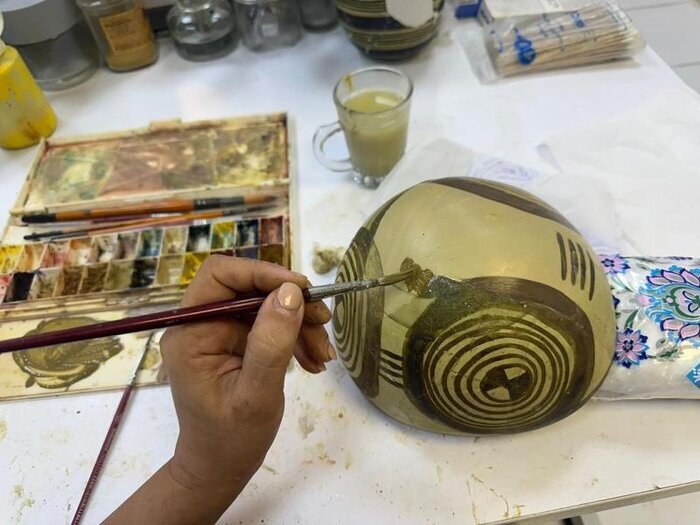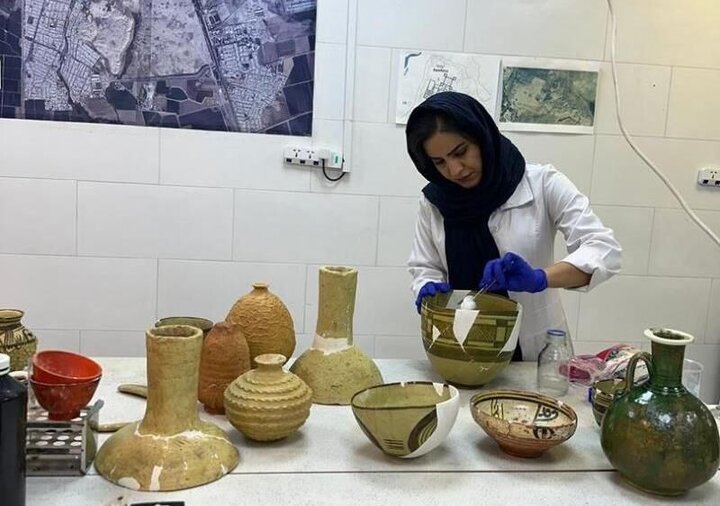70 treasured relics of Susa Museum restored

TEHRAN – A selection of 70 treasured relics being kept at the Susa Museum, southwest Iran has been restored under close supervision of the Ministry of Cultural Heritage, Tourism and Handicrafts.
Made of ceramics and glass, the objects date from various historical eras of the Elamite, Achaemenid, Parthian, Sassanid, and early Islamic periods, IRNA reported.
The most significant of these artifacts are decorated bowls, vessels, and prehistoric cups, which had been left untouched for years due to their unfavorable conservation and restoration status and their sensitivity.
In this project, the items underwent meticulous review and documentation, and they were also cleaned of sediments and environmental pollutants
After undergoing the preservation and restoration process, they were returned to museum halls and display cases for public viewing, the report said.
The UNESCO-listed Susa encompasses the entire southern expanse of modern Shush in southwest Iran. Initially comparable in magnitude to the UNESCO-designated Persepolis, the city endured numerous invasions and sackings throughout its nearly 6000-year history.

Susa served as a winter retreat for Persian monarchs following its conquest by Cyrus the Great. It was integrated into the Persian Empire under Cyrus II, also known as Cyrus the Great, in 538 or 539 BC. Archaeological excavations in Susa have unearthed a plethora of artifacts, including pottery, weaponry, decorative items, metalwork, bronze artifacts, and clay tablets, among others.
In biblical accounts, Susa is primarily recognized through the story of Esther, wherein Haman the Agagite plotted against the Persian Jews. According to the narrative, Esther thwarted his scheme by persuading her husband, King Ahasuerus of Persia, to foil Haman’s plans. This event is commemorated annually during the Jewish Purim festival, celebrated with masquerades and other festivities, as reported by Ancient Origins.
Additionally, Susa is referenced in Nehemiah and Daniel, both of whom resided in the city during the 6th century BC, amidst the Babylonian captivity—a period when numerous Jews were held captive following the siege of Jerusalem by Nebuchadnezzar. A tomb known as Shush-Daniel is believed to be that of Daniel himself, distinguished by an unusual white cone atop it, which some say was once a stone representation of the 'Star of David'.
Archaeological findings from Susa indicate continuous habitation since 4,200 BC, establishing it as one of the world's oldest continuously inhabited cities. Furthermore, traces of a village dating back to around 7,000 BC and painted pottery from approximately 5,000 BC have been discovered at the site
AM
Leave a Comment